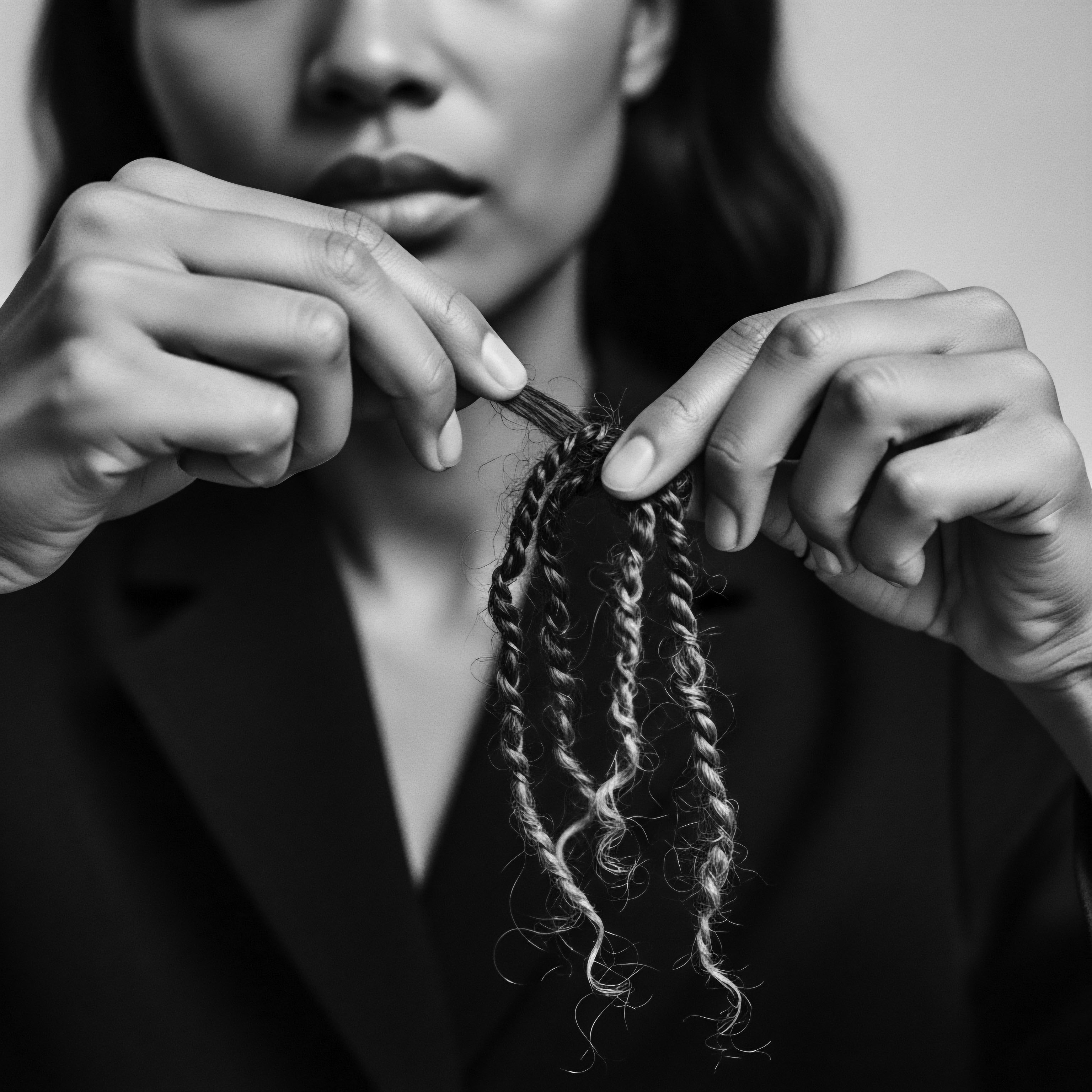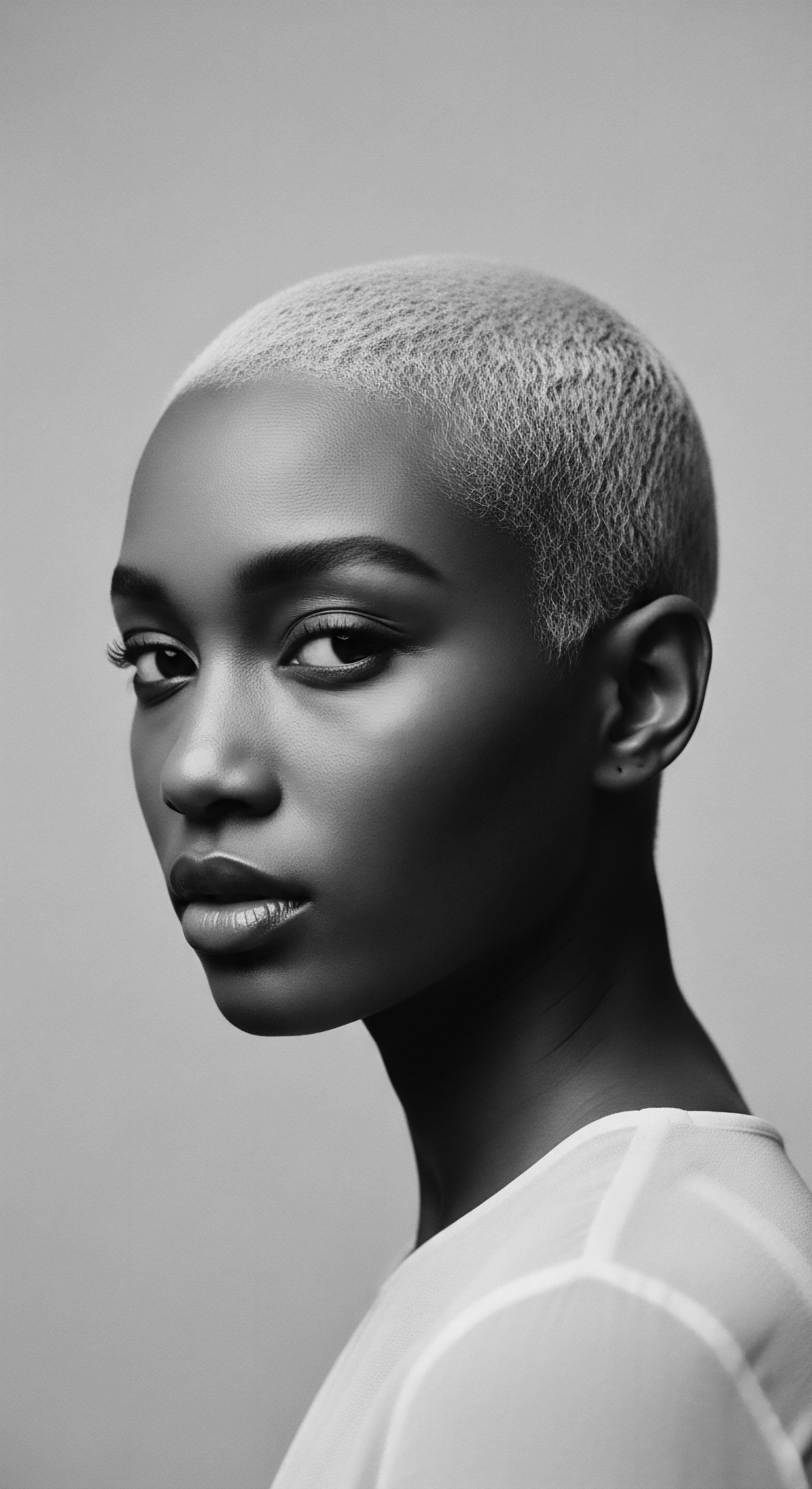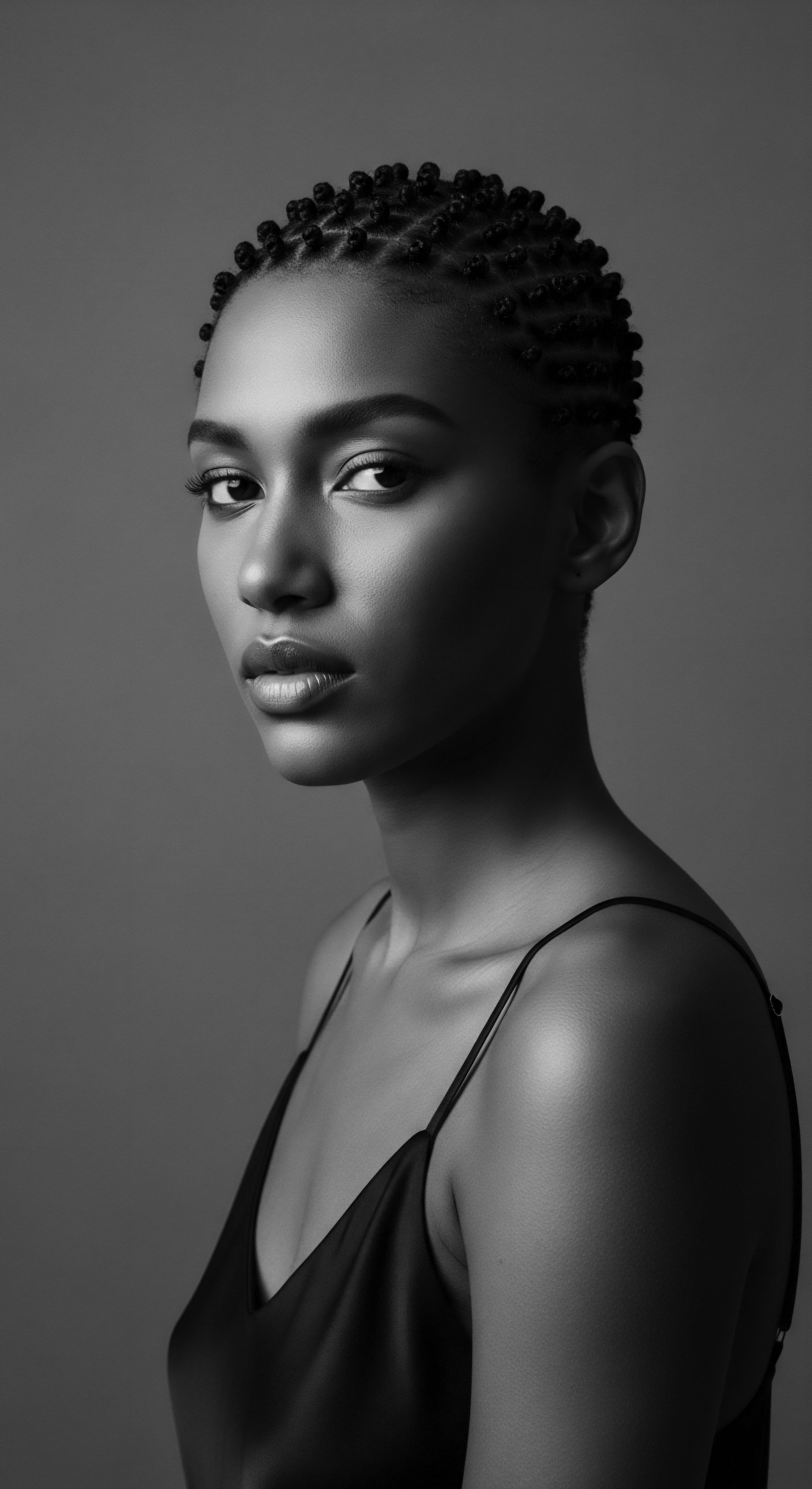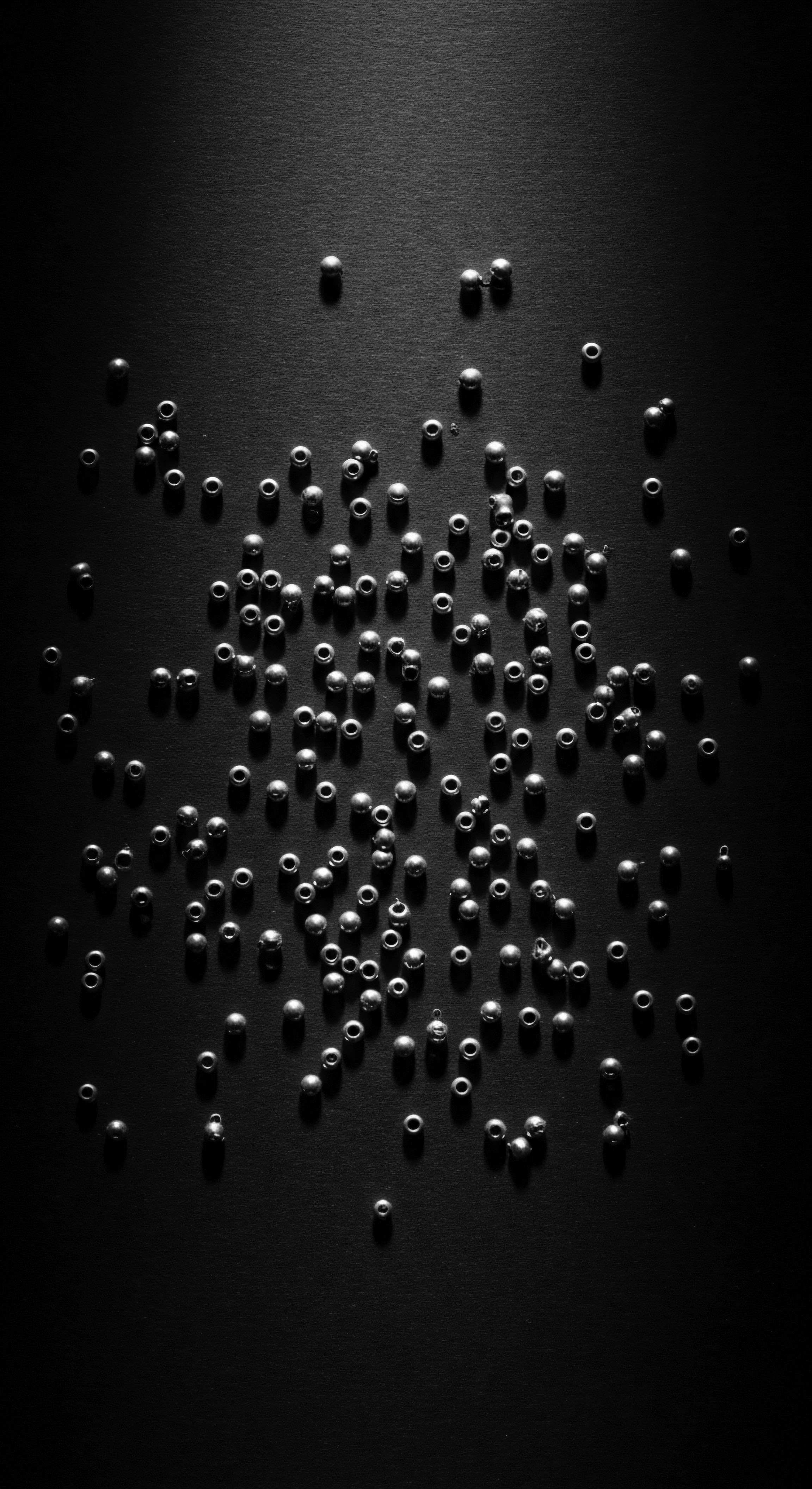
Can textured hair’s density aid in climate regulation?
Textured hair's density aids microclimate regulation by trapping insulating air and forming a barrier against solar radiation, a heritage adaptation.

How did the Tignon Laws reshape hair covering heritage?
The Tignon Laws compelled head coverings, yet Black and mixed-race women transformed them into symbols of defiant beauty and cultural pride.

What ancestral practices enhanced textured hair’s sun protection?
Ancestral practices for textured hair’s sun protection blended inherent hair qualities with protective styles and natural ingredients, a rich heritage of resilience.

What is the cultural significance of hair coverings in Black and mixed-race heritage?
Hair coverings in Black and mixed-race heritage symbolize protection, resistance, and a profound connection to ancestral identity.

